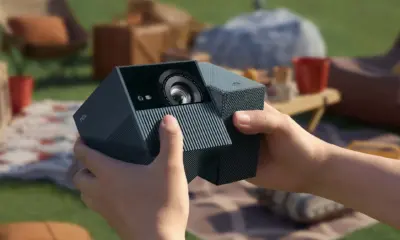News
TCL C8K QD-Mini LED TV series launches in Europe with premium display and audio features

TCL has launched its new C8K QD-Mini LED TV series in Europe. This lineup is identical to the TCL QM8K series released in the US last month. The European version, also known as the C81K in some markets, had already been previewed in April. It is now available in countries including Spain, France, and Italy.
TCL C8K QD-Mini LED TV Specifications
The C8K series uses TCL CSOT’s CrystGlow WHVA Panel with an almost bezel-free ZeroBorder design. TCL claims the panel offers 40 percent wider color viewing angles compared to previous models and significantly reduces glare with its anti-reflective surface. The combination of ultra-thin bezels, improved panel construction, and aerospace-grade aluminum alloy gives the C8K a premium, modern appearance.
Each TV in the series features TCL’s Halo Control System. The system enhances color accuracy and gray scale performance while reducing blooming and halo effects. The new Super High Energy LED chip and Super Condensed Micro Lens allow for better light control. The series also integrates TCL’s Micro OD technology, which minimizes the optical distance between the backlight and diffuser plate to improve image clarity.
The C8K supports up to 3,840 local dimming zones and achieves a peak brightness of up to 5,000 nits on the 98-inch model. The panel delivers a native contrast ratio of 7,000:1 and covers 97 percent of the DCI-P3 color space using advanced Quantum Dot technology.

The series also includes TCL’s Zero-Delay Transient Response technology, which minimizes lag between the input signal and backlight response. This ensures clearer motion and more accurate rendering of fast-moving content. Gamers will benefit from a 144Hz native refresh rate and Game Accelerator 288Hz support, along with AMD FreeSync Premium Pro certification.
The C8K features Audio by Bang & Olufsen, with up-firing Dolby Atmos drivers for immersive audio performance. The TVs also support Dolby Vision IQ, HDR10+, and IMAX Enhanced certification. TCL has added a new backlit remote and hands-free voice control.
The C8K runs on Google TV and supports popular services like Apple TV and Disney+. It also includes Apple AirPlay and Google Chromecast for wireless content sharing, along with Wi-Fi 6 and Bluetooth support.
TCL has not yet confirmed availability for other European markets such as the UK.
Pricing for the TCL C8K series in Europe is as follows:
- 65-inch model: €1,499
- 75-inch model: €1,899
- 85-inch model: €2,499
- 98-inch model: €3,499
In related news, TCL’s new panel supply deal with LG has further consolidated the display market under Chinese manufacturers, while its next-generation HVA panels are quietly playing a key role in shaping the future of competitive esports through improved response times, contrast, and viewing angles.
(Source)
News
Apple’s Foldable iPhone Could Fuel Big Gains for TCL CSOT

Apple is expected to enter the foldable smartphone market in 2026, and its arrival could significantly impact the display supply chain. According to a new report from Counterpoint Research, global shipments of foldable smartphone panels are forecast to grow 46% year-on-year, with Apple’s panel procurement plans playing a major role in driving that increase.
While Samsung Display is projected to lead with a 57% market share, TCL CSOT is quietly emerging as one of the fastest-growing players in the foldable panel segment. Counterpoint estimates that TCL CSOT will see a 47% year-on-year growth in foldable panel shipments in 2026, placing it ahead of several competitors in terms of momentum.
The report highlights a shift in consumer preferences toward book-style foldable devices with large, inward-folding displays. These designs are gaining traction in both global and Chinese markets, where buyers are prioritizing screen size and productivity features over compact form factors. Samsung’s Galaxy Z Fold 7 has already outsold the Flip model in early sales during the second half of 2025, underlining the trend.
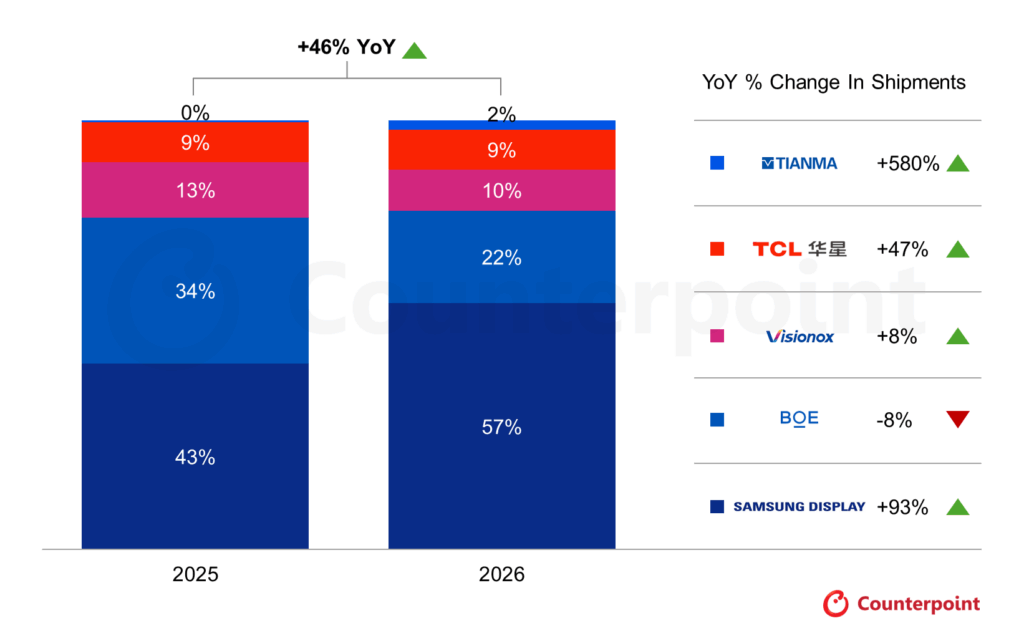
Panel makers are expected to post uneven results next year. BOE may experience an 8% decline, while Visionox is projected to grow 8%. Tianma is forecast to achieve the highest year-on-year surge at 580%, though from a smaller base. TCL CSOT’s 47% growth positions it as a key player poised to benefit from rising demand and higher average selling prices.
Counterpoint also expects foldable smartphone shipments to grow 14% in 2025 and 38% in 2026. As Apple prepares to enter the market and push foldables into the mainstream, TCL CSOT appears well-placed to expand its presence in the global foldable display market.
In related news, TCL CSOT is supplying the display panel for AOC AGON’s 1000Hz gaming monitor, the AGP277QK, while TCL has also launched the PlayCube, A1S, and C1 portable projectors in the UK.
News
TCL launches PlayCube, A1S, and C1 portable projectors in the UK
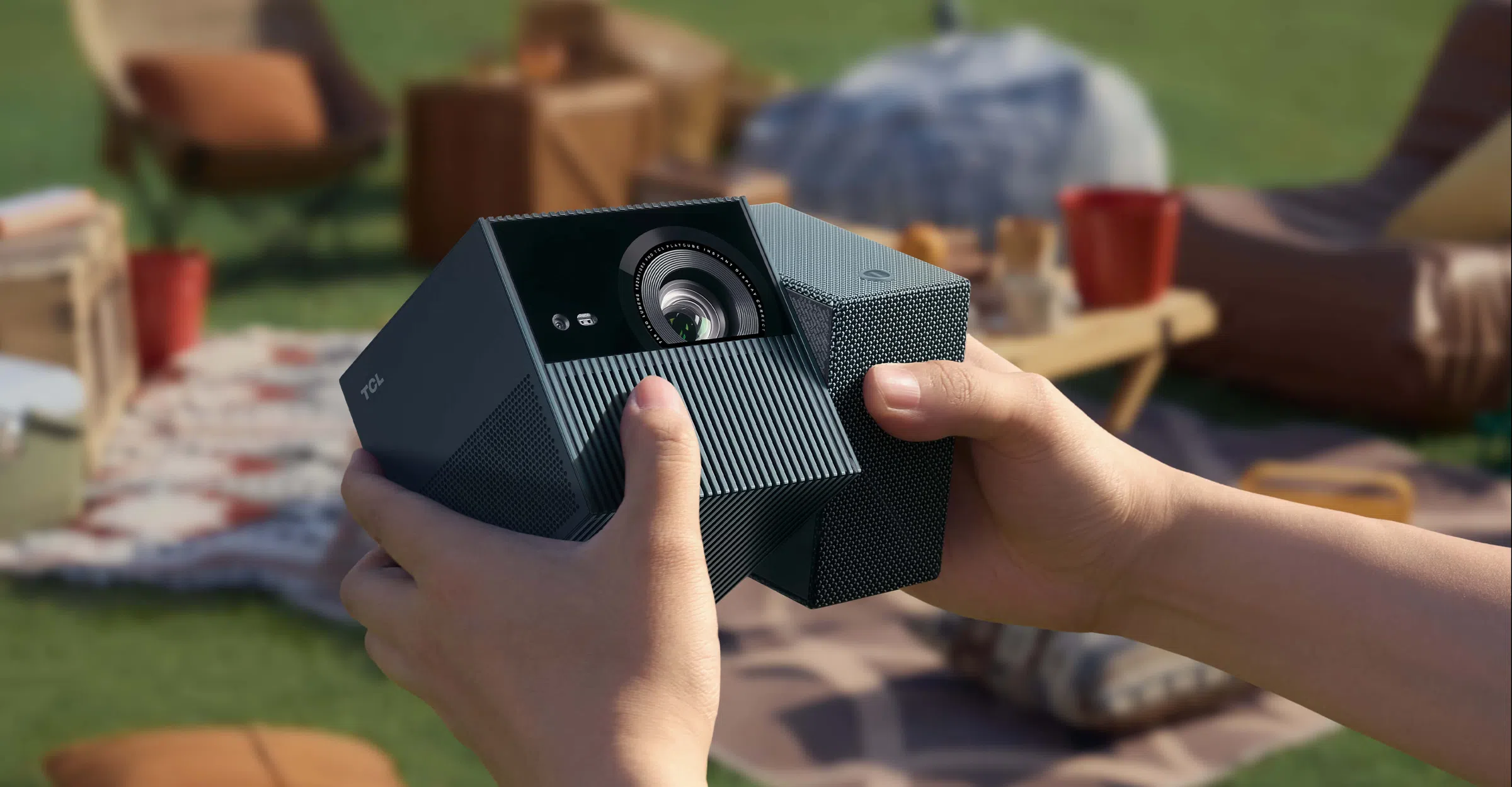
TCL has launched its full range of portable projectors in the UK. The lineup includes the uniquely designed PlayCube, the versatile A1S, and the compact C1. All three models are also available in the U.S.
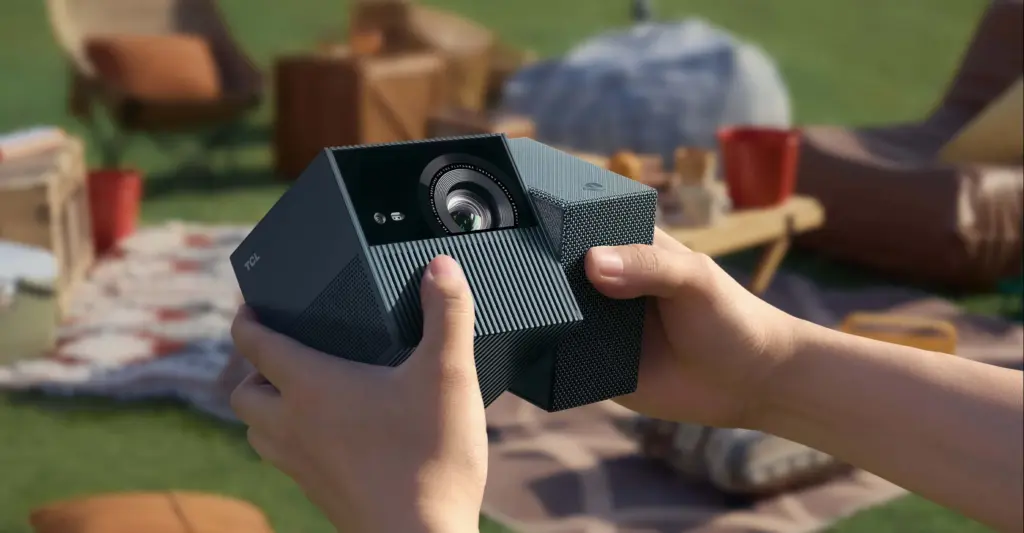
The PlayCube, priced at £799.99 in the UK and $749.99 in the U.S., features a cube-shaped design inspired by the Rubik’s Cube. It weighs under 1.4kg and runs wirelessly for up to three hours thanks to a built-in battery. It uses Google TV with optimized Netflix support, and its rotatable lens design allows flexible image placement on walls, ceilings, or tents.
The projector outputs 750 ISO Lumens and supports 4K input, although its native resolution is 1080p. It covers 124% of the Rec.709 color gamut and features instant autofocus, auto keystone correction, and Dolby Digital Plus audio.
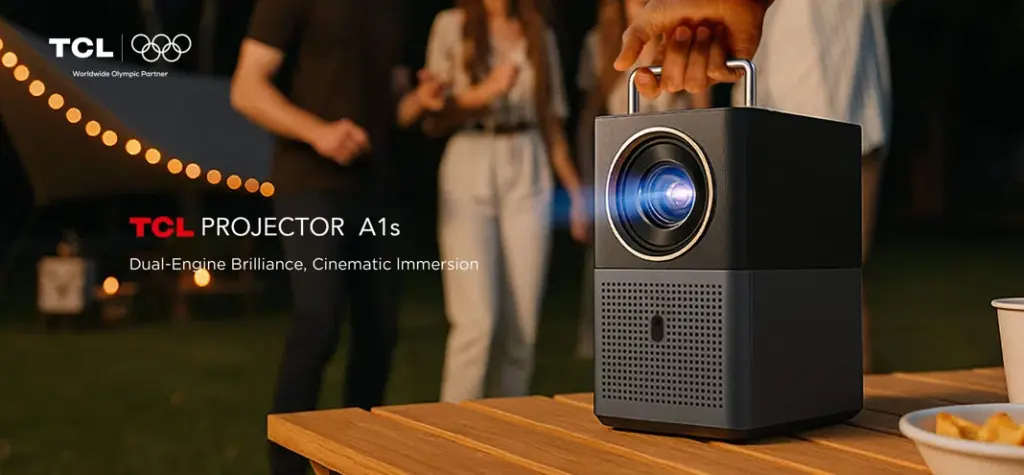
The A1S, priced at £369.99 in the UK and $330 in the U.S., features a tower design with a built-in “Versagrip” handle that acts as a stand. It also uses Google TV with Netflix, supports 4K input on a 1080p panel, and outputs 600 ISO Lumens. A 16W speaker system with passive radiators and reactive lighting adds entertainment value, especially during outdoor or party use.

The C1 is the most affordable option at £249.99 in the UK and U.S. It retains full HD resolution, Google TV, Netflix support, and automatic image adjustments. It delivers 230 ISO Lumens and can project up to 120 inches. The rotating gimbal handle helps with angle adjustment, and the built-in 8W speaker removes the need for external audio gear.
In related news, we recently covered the best TCL TVs under $500 you can buy in 2025, so do check that out as well.
(Via)
News
TCL CSOT Powers AOC AGON’s 1000Hz Gaming Monitor AGP277QK

TCL CSOT is emerging as a driving force behind the next evolution in gaming displays. Following Philips’ announcement of the world’s first 1000Hz monitor, the EVNIA 27M2N5500XD, TPV’s other major brand, AOC AGON, has now unveiled the AGP277QK, another ultra-high-speed gaming monitor built on TCL’s latest panel innovations.
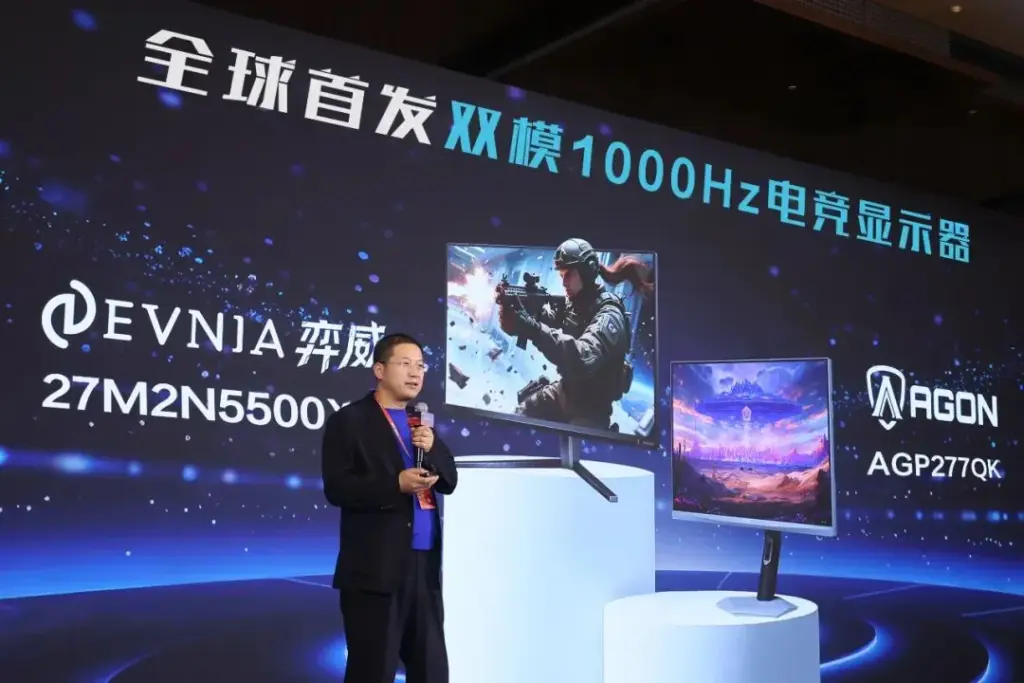
The AGP277QK made its debut at the “Esports Market Empowerment and High Resolution Gaming Display Trends Seminar” hosted by TCL CSOT in Beijing on December 4. The monitor supports two native refresh modes: 500Hz at QHD and 1000Hz at HD resolution. Both displays are powered by TCL’s advanced HFS Shoot technology, signaling TCL CSOT’s leading role in pushing refresh rates into four-digit territory.
TCL’s HFS Shoot panel enables extreme motion clarity with a 0.3ms MPRT and 0.5ms GtG response time. It also delivers a 2000:1 static contrast ratio, 10-bit color depth, and ΔE < 1 color accuracy. The panel covers 95% of the DCI-P3 color gamut and includes certified low blue light and flicker-free eye protection, features increasingly demanded by esports professionals and competitive gamers.

The AGON AGP277QK comes with modern connectivity options, including DisplayPort 2.1, HDMI 2.1, and USB 3.2 ports. It also features RGB Light FX that syncs with audio playback, aligning with gaming setups that value both performance and style.
TCL’s deep integration with TPV brands highlights its growing impact across the gaming display ecosystem. By enabling both Philips and AOC to deliver cutting-edge 1000Hz monitors, TCL CSOT is not only pushing panel technology forward but also setting new benchmarks in high refresh rate gaming.
In related news, China’s TV market recorded a 15.7% drop in November shipments despite the extended Double 11 campaign, and Hisense launched a 4K 160Hz dual mode monitor that also functions as a Dolby Vision TV.
(Via)

